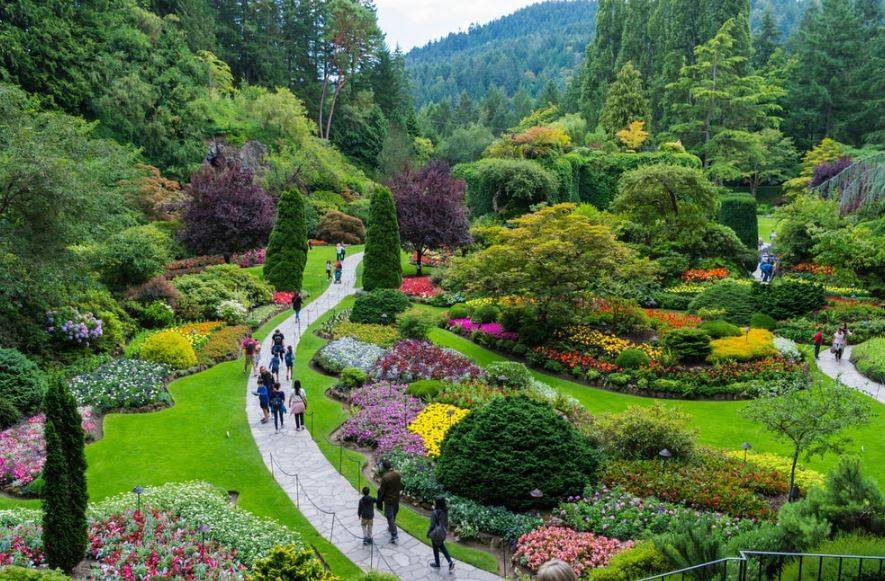
Industrial development has resulted in the loss of numerous forest covers over time, and conscious efforts are now being made to protect our biodiversity. Biodiversity Parks are a fascinating and creative approach to the green environment in terms of biodiversity conservation. It is, in essence, a determined endeavour to achieve a balance between nature and humanity.
This is the second year in a row that Himachal Pradesh has received a biodiversity park to contribute to the conservation of rare Himalayan herbs. This park will be built in Mandi's Bhulah valley.
Set up of Herbal Nursery
The biodiversity park is being built by HP's forest department under the National Mission on Himalayan Studies (NMHS) at a cost of Rs 1 crore. The park's goal is to connect tourism activities with new chances for scholars to perform in-depth research on medicinal herbs located in the Himalayas that are on the verge of extinction.
A herbal nursery has also been established in the park to save herbs that are on the verge of extinction in the mountains, including Trillidium Govanianum (Nagchhatri), Dhoop, Picrorhiza kurroa (Kadu), Sarpagandha, Swerlia Chiryita (Chirayita), Barbari, Angelica glauca (Chaura), Coleus gromalicus (Pathanbel), Pathar chata, Selinum vaginatum (Bhutkesi), Nyar, Valeriana Wallichi (Mushkwala), Thymus Linearis (Van Ajwain), Kuth, Acorus Calamus (Barre), Asparagus (Sansarpali), Potentilla Nepalensis (Dori Ghass), Ratan Jot, Aconitum heterophyllum (Atish Patish), Padophyllumhexandrum (Van Kakdi), Dioscorea delloidea (Shingli Mingli), Jangli Lahsun, Adiantum lunulatum (Dungtuli) and many similar herbs and shrubs on display.
Aside from that, the park has two log huts, a water harvesting structure, an internal tank, a 5KW power generation project, bird nests, and a sales centre.
Because the park's goal is to undertake in-depth research on many medicinal herbs, any research researcher from India or overseas can use this knowledge to further their studies.
Around 1,200 plants of various types are available in this herbal nursery. For the convenience of academics and tourists, amphitheaters have been created in the park.
Importance of Biodiversity Parks
-
A nature reserve for the preservation of the city's natural heritage
-
Improving the quality of the urban environment
-
Serving as a hub for education, cultural, and conservation activities
-
Connecting biodiversity to the city and people
-
Promoting eco-tourism
-
Providing a source of income for local communities
-
Preserving the area's rare endemic and threatened plant and animal species
Biodiversity Parks are the need of the hour. It will help the human population in particular and the natural environment in general if it is properly conserved!!
















